Author: Christine Skirbunt
250 Years 25 Decades
One Nation in Motion
Decade 16: 1926–1935
The Great Depression began – and reshaped the American dream.
On October 29, 1929, the stock market crashed, triggering the Great Depression, the worst economic crisis in U.S. history. Banks failed, unemployment soared, and families lost homes, savings, and hope. By 1933, 25% of Americans were unemployed. In response, newly elected President Franklin D. Roosevelt launched the New Deal – a sweeping series of programs and public works projects designed to stabilize the economy and rebuild public trust. Though recovery would take years, the New Deal laid the foundation for modern social safety nets.
Tie-in: The Depression reshaped fashion into something practical but still dignified. Women repurposed flour sacks into dresses, learned to “make do and mend,” and drew lines on their legs to mimic the stockings they could no longer afford.
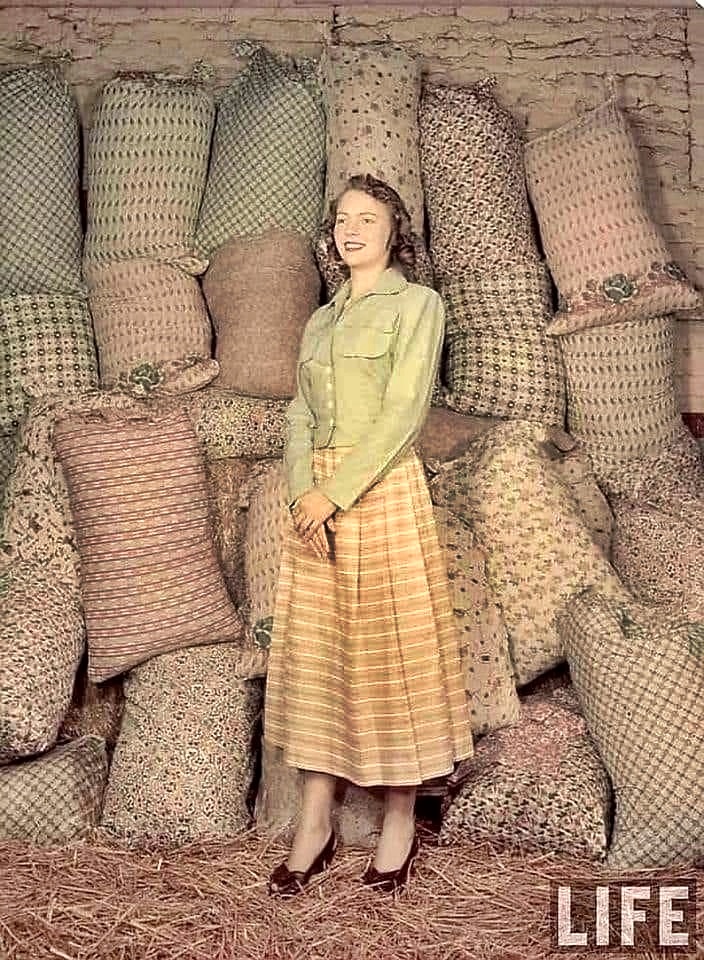
Factoid: Flappers rebelled – in style.
In the late 1920s, flappers broke social norms with short skirts, bobbed hair, jazz dancing, and public independence. They smoked, drank, and demanded autonomy, becoming icons of a shifting culture that embraced youth and freedom after the trauma of WWI and before the dark days of the Great Depression.
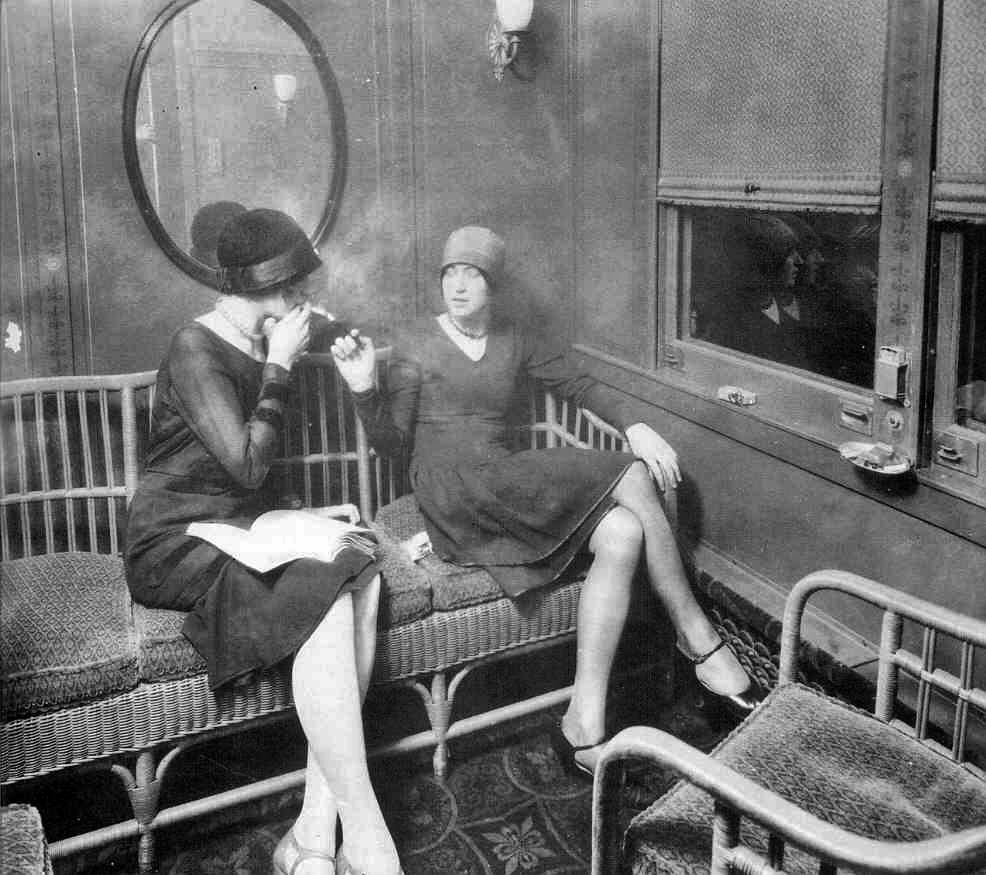
Decade 17: 1936–1945
America joined World War II – and unity became its greatest weapon.
After trying to stay neutral, the U.S. entered World War II following the attack on Pearl Harbor on December 7, 1941. Over the next four years, more than 16 million Americans served in the military, while millions more supported the war effort at home. Factories shifted to wartime production, food and gas were rationed, and women entered the workforce in record numbers – symbolized by “Rosie the Riveter.” When victory came in 1945, the U.S. emerged not only triumphant but newly positioned as a global superpower.
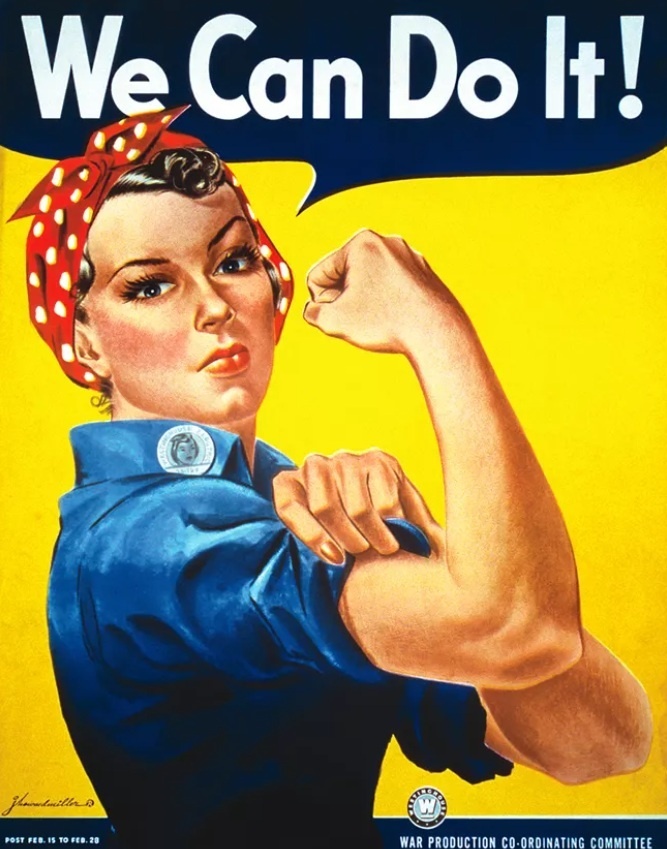
Tie-in: Women traded dresses for coveralls and heels for steel-toed boots. Factory fashion was practical and proud: headscarves, jumpsuits, and bright red lipstick became wartime style statements of competence and confidence.
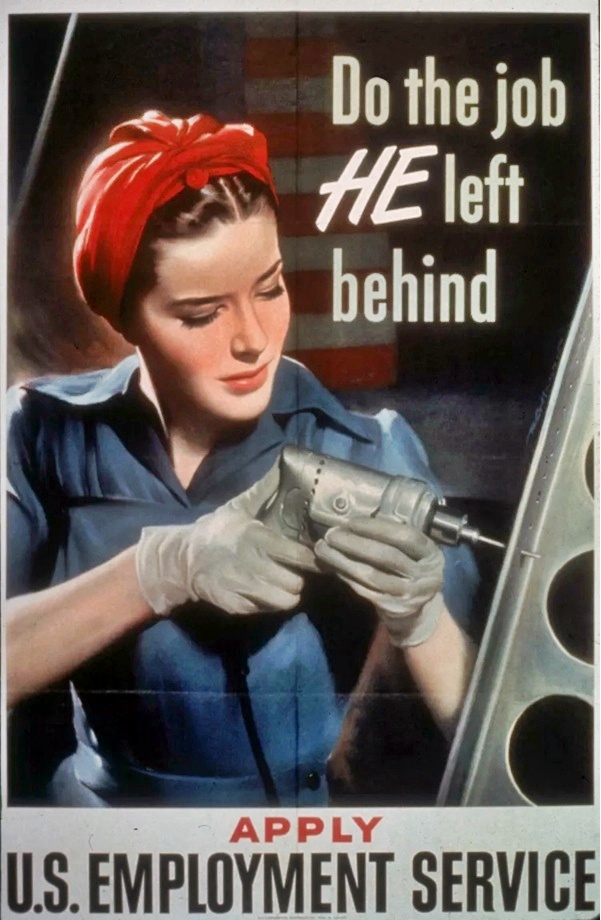
Factoid: Victory gardens fed the Homefront.
With food rationed during the war, Americans planted victory gardens in backyards, parks, and vacant lots. By 1944, these gardens produced over 40% of the nation’s vegetables. This endeavor proved that when Americans band together for a cause greater than just one individual, they could nourish more than just stomachs.
Decade 18: 1946–1955
The baby boom and suburban boom changed how Americans lived.
After WWII, millions of veterans returned home, got married, and started families: this was the Baby Boom. Between 1946 and 1964, over 76 million babies were born, creating a massive generational shift. Meanwhile, the rise of suburbs, thanks to affordable GI Bill loans and newly mass-produced housing developments, reshaped the American landscape. With cars in every driveway and televisions in every living room, the modern middle-class ideal was born…though it often excluded people of color and masked growing social tensions beneath the surface.
Tie-in: Fashion leaned hard into domestic femininity: cinched waists, full skirts, and pearls, echoed the image of the perfect suburban housewife as seen on TV shows and magazine covers. But not all women were content to stay in the kitchen after having experience with building tanks and bomber planes.
Factoid: Rock ‘n’ roll rolled in.
In 1951, Cleveland DJ Alan Freed popularized the term “rock and roll,” and by 1955, artists like Chuck Berry and Elvis Presley were shaking up the music scene. It was loud, rebellious, and entirely new – and young Americans couldn’t get enough.
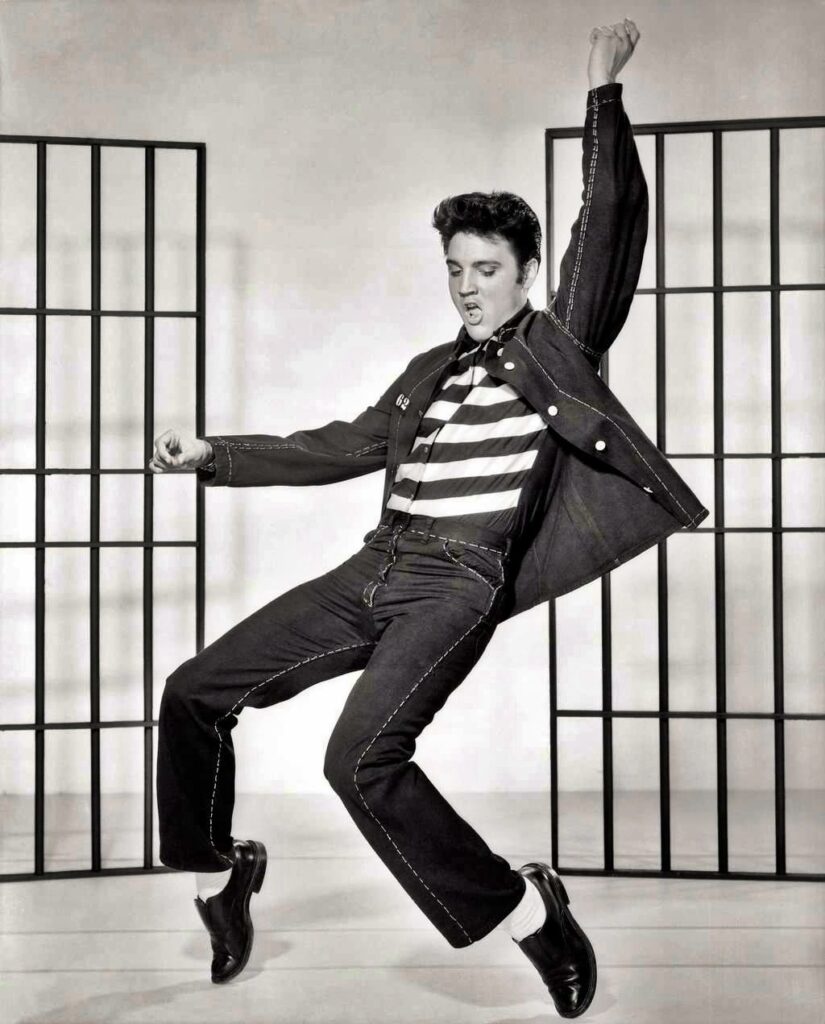
Decade 19: 1956–1965
The Civil Rights Movement ignited a moral reckoning.
After decades of segregation and disenfranchisement, the Civil Rights Movement burst into national consciousness, refusing to be ignored any longer. In 1963, Dr. Martin Luther King Jr. led the March on Washington, where he delivered his famous “I Have a Dream” speech to over 250,000 people at the Lincoln Memorial. The movement, powered by grassroots organizers, sit-ins, boycotts, and fierce courage, led to landmark victories: the Civil Rights Act of 1964, which outlawed segregation and discrimination, and the Voting Rights Act of 1965, which banned racist voting restrictions. It was a turning point in America’s journey toward equality…but not the end.
Tie-in: Fashion became part of the Civil Rights message. Marchers wore their “Sunday Best,” especially women in gloves, hats, and simple dresses, to signal dignity, discipline, and moral clarity in the face of brutality.
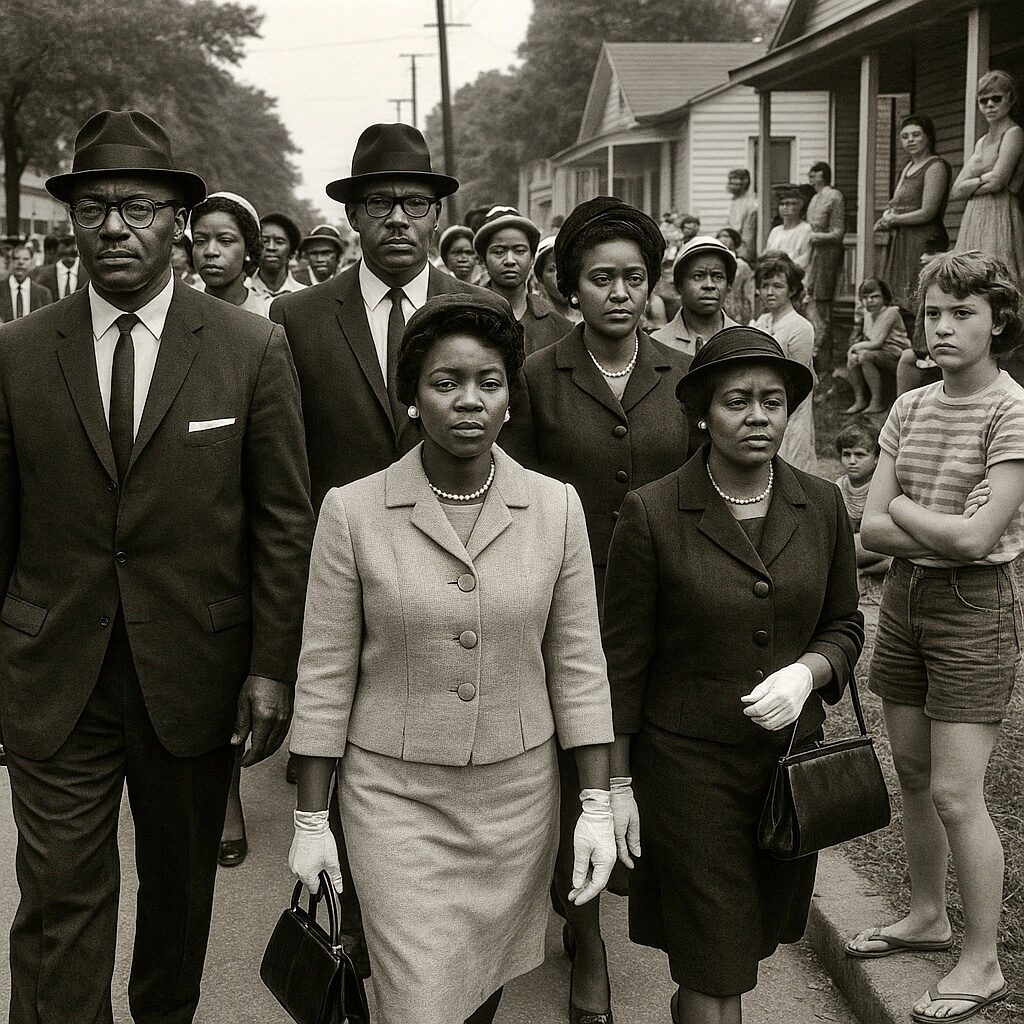
Factoid: NASA took flight – and so did John Glenn.
In 1958, the U.S. founded NASA, launching the space race with the Soviet Union. In 1962, John Glenn became the first American to orbit the Earth, and space fever swept the nation, both fueling scientific dreams and Cold War rivalry.
Decade 20: 1966–1975
Protest, progress, and polarization defined a generation.
As the Vietnam War escalated, so did public opposition. Antiwar protests, often led by students, veterans, and civil rights leaders, became a national force that culminated in massive marches and tragic moments like the unprovoked Kent State student shootings in 1970. Meanwhile, the women’s movement, Native rights, and LGBTQ+ activism surged. The decade also saw the creation of Earth Day and the founding of the EPA in 1970, and the signing of Title IX (1972), which banned sex discrimination in education. While the country was divided, it was also evolving.
Tie-in: Bell-bottoms, fringe vests, and miniskirts reflected a cultural shake-up, but so did protest fashion: black berets, armbands, and hand-painted jackets. What people wore became a direct extension of what they believed.
Factoid: Nixon resigned – the first U.S. president to do so.
After the Watergate scandal exposed political corruption and a White House cover-up, Richard Nixon became the first and only U.S. president to resign, stepping down on August 8, 1974. The peaceful transition of power reinforced the Constitution, but trust in the government was deeply shaken.
Images Sources:
- Flour Sack Dress: https://www.reddit.com/r/Damnthatsinteresting/comments/uxhzzz/during_the_great_depression_poor_americans_often/
- Flappers Smoking in a Train Car: https://lostwomynsspace.blogspot.com/2012/12/smoking-cars-for-women.html
- Rosie the Riveter: https://en.wikipedia.org/wiki/We_Can_Do_It!
- Women Joined the Workforce: https://www.thoughtco.com/world-war-ii-women-at-work-3530690
- Elvis’ Jail House Rock: https://fiftiesweb.com/music/elvis-1950s/
- Sunday Best vs. Opposition: ChatGPT
- Clothing as a Visual Declaration of Belief or Generational Stance: ChatGPT

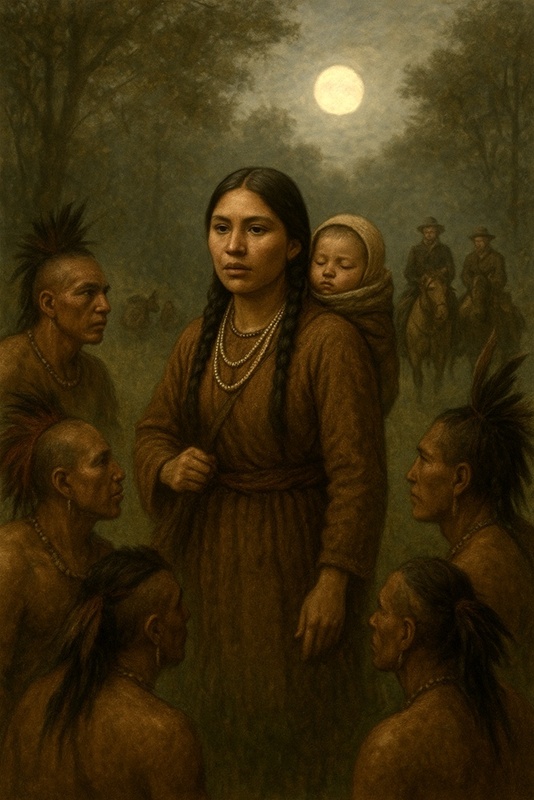
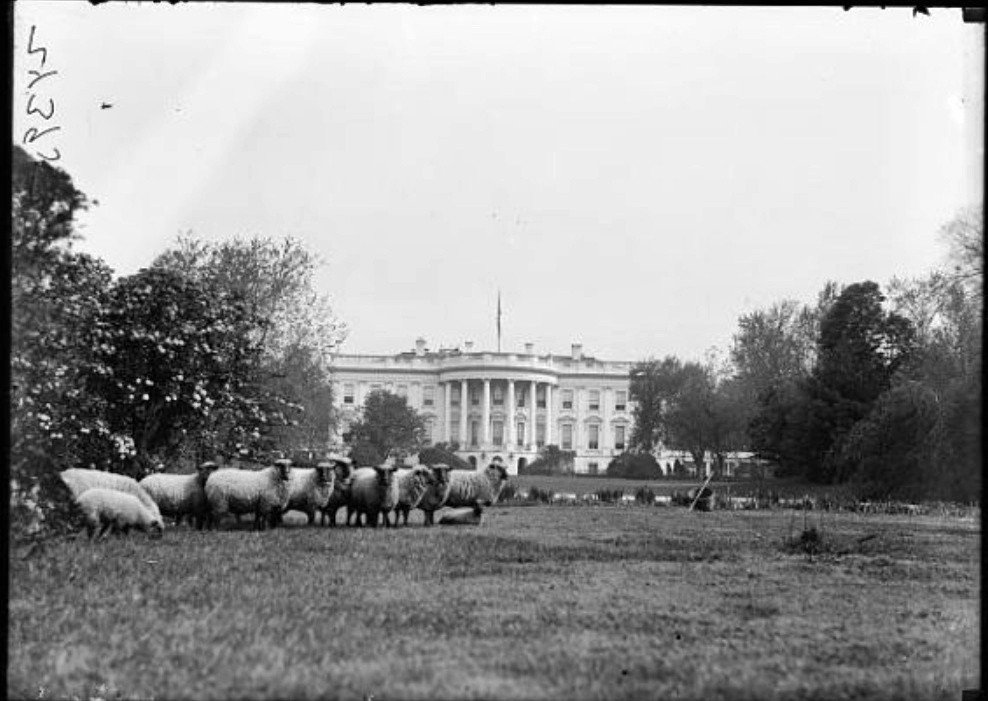
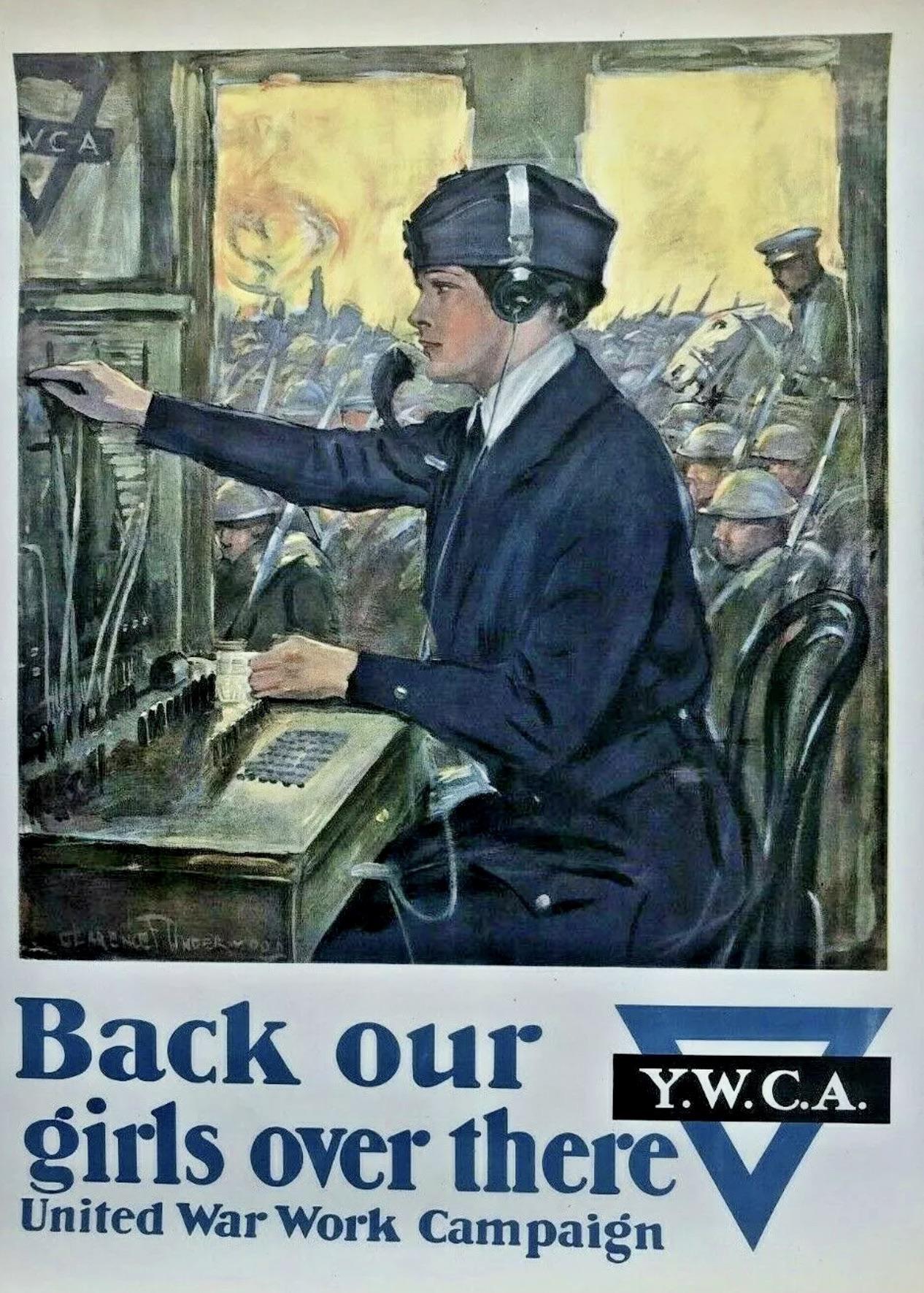
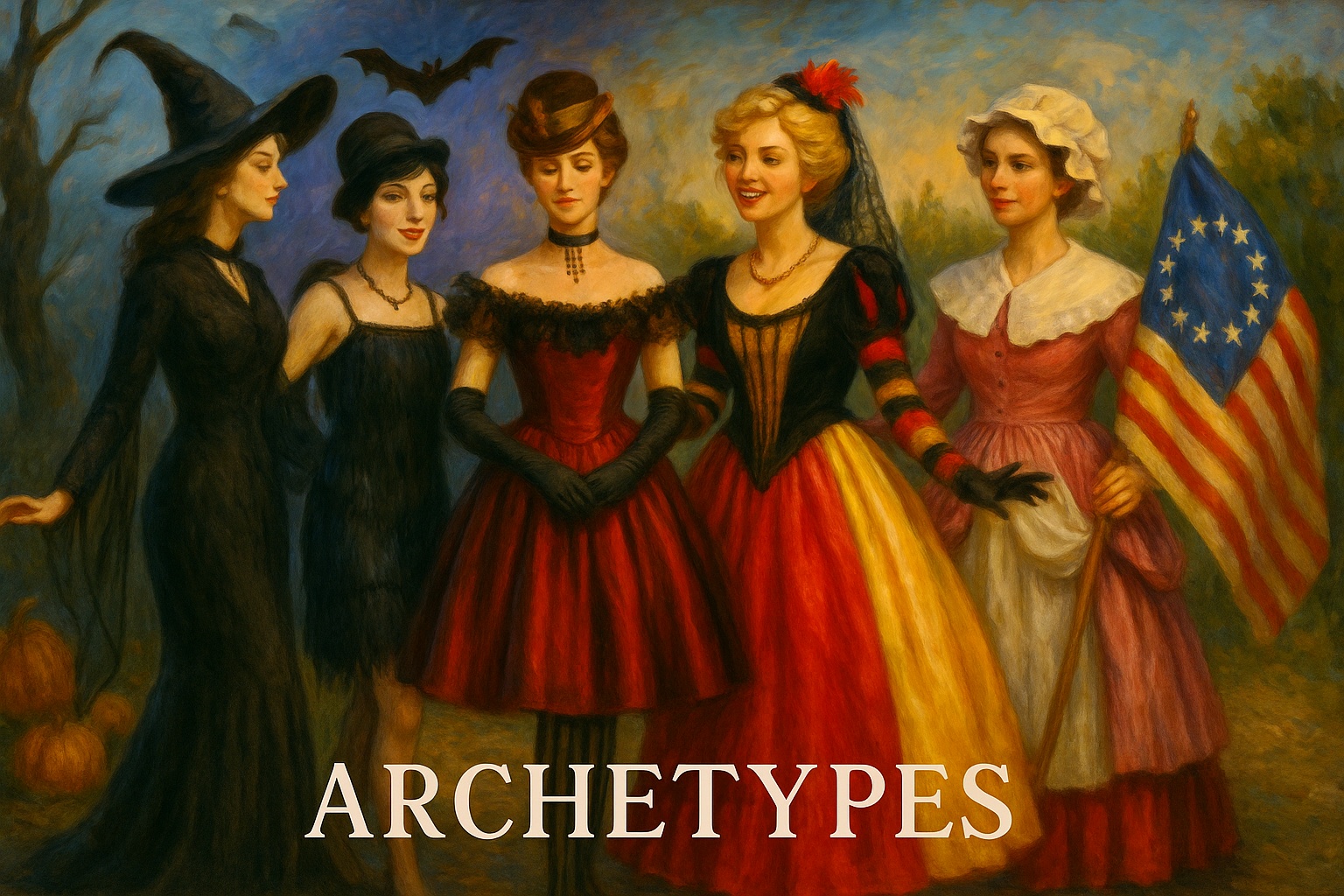

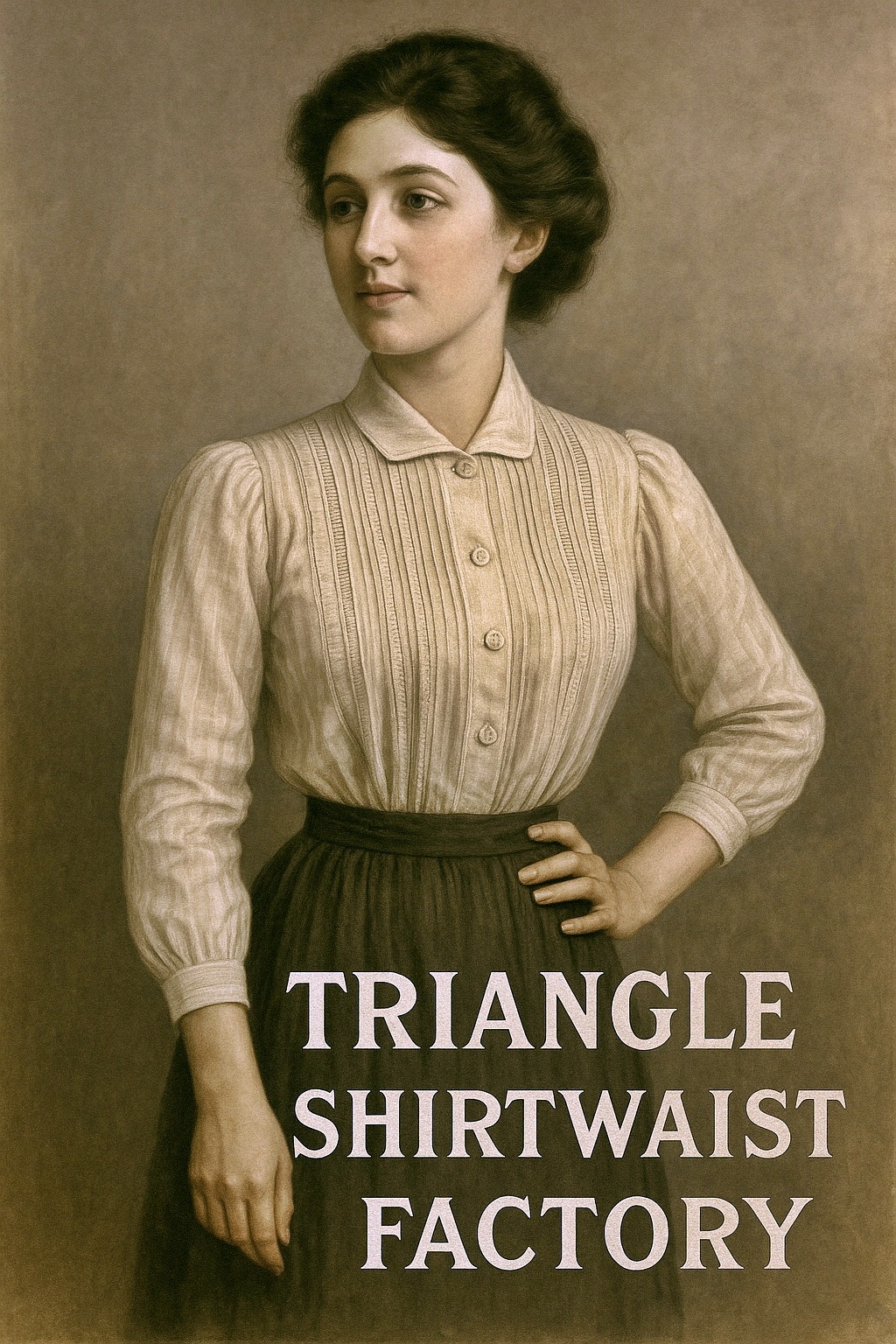
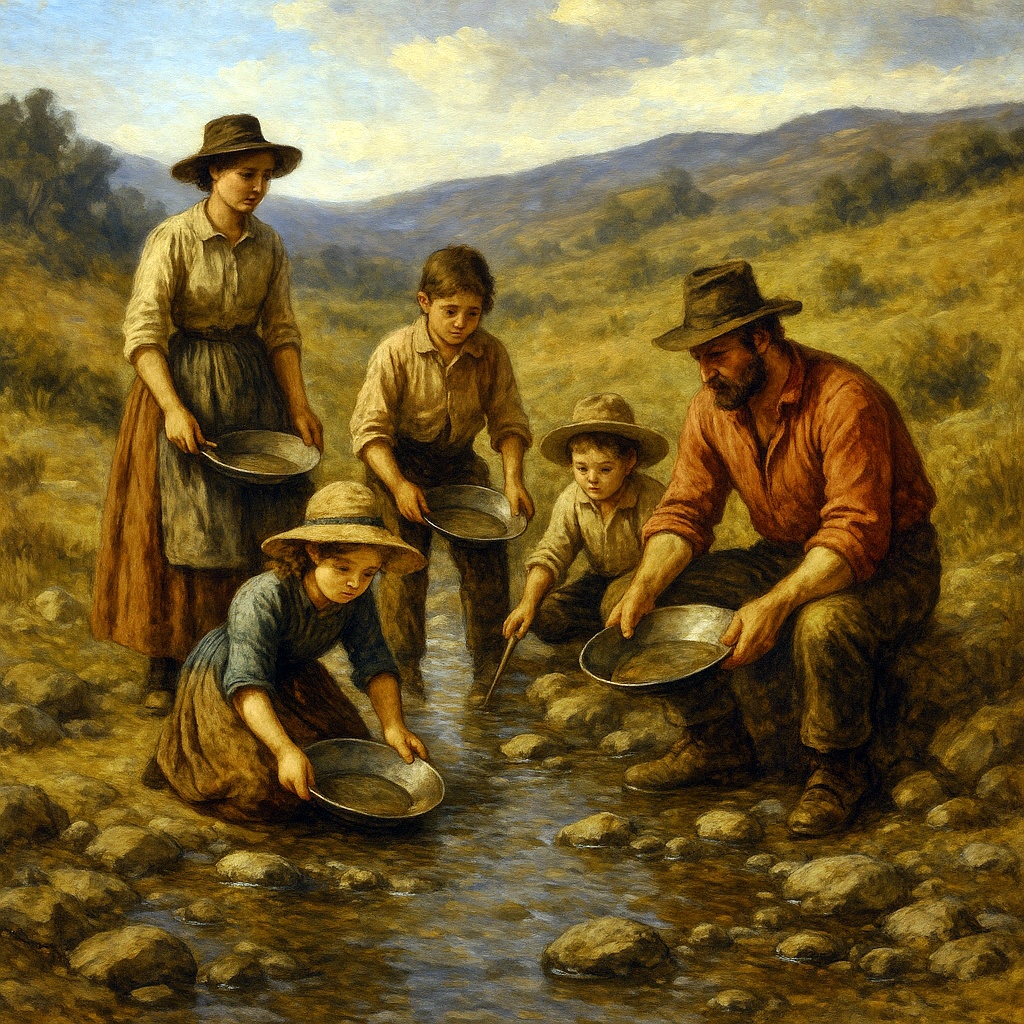
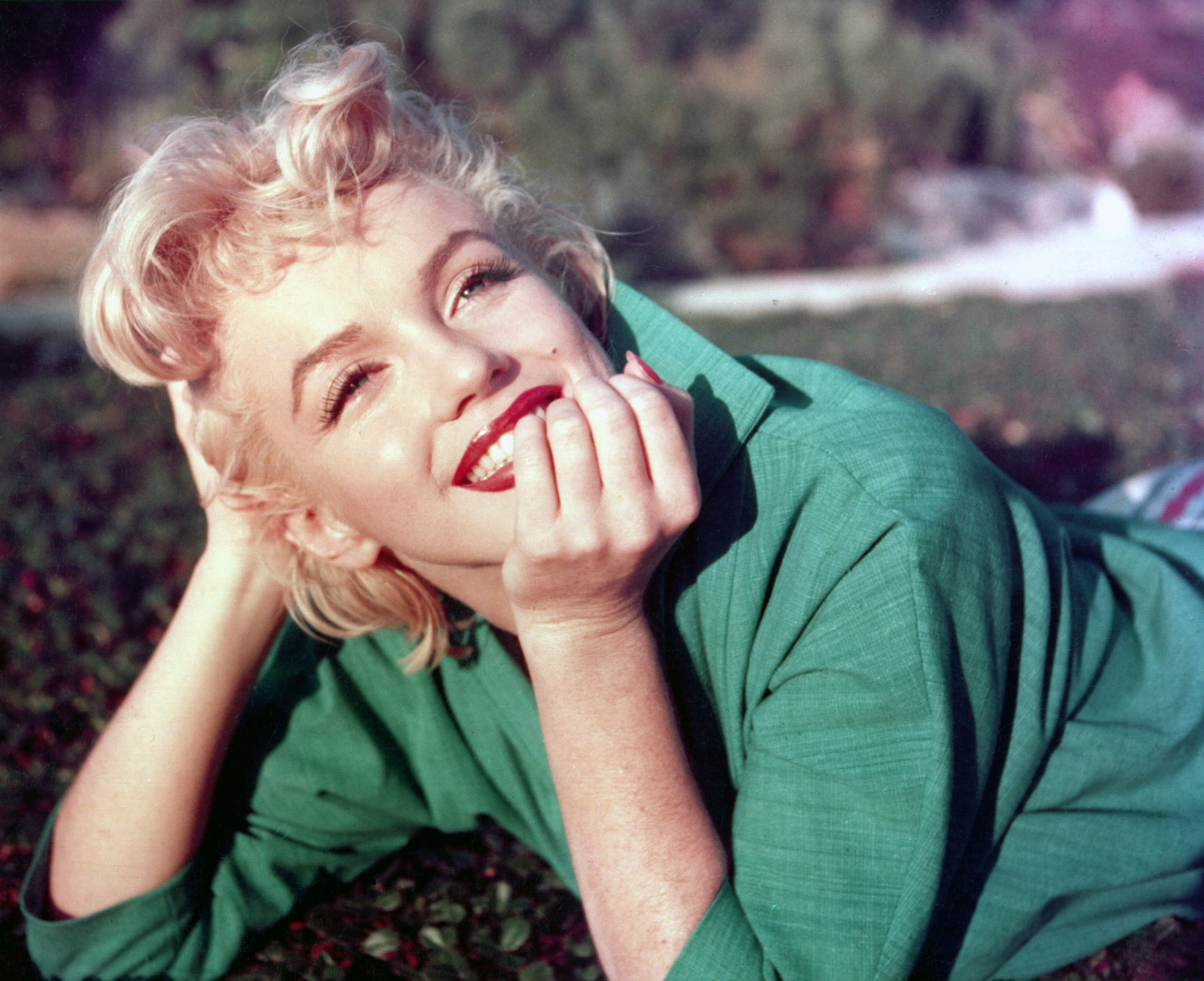
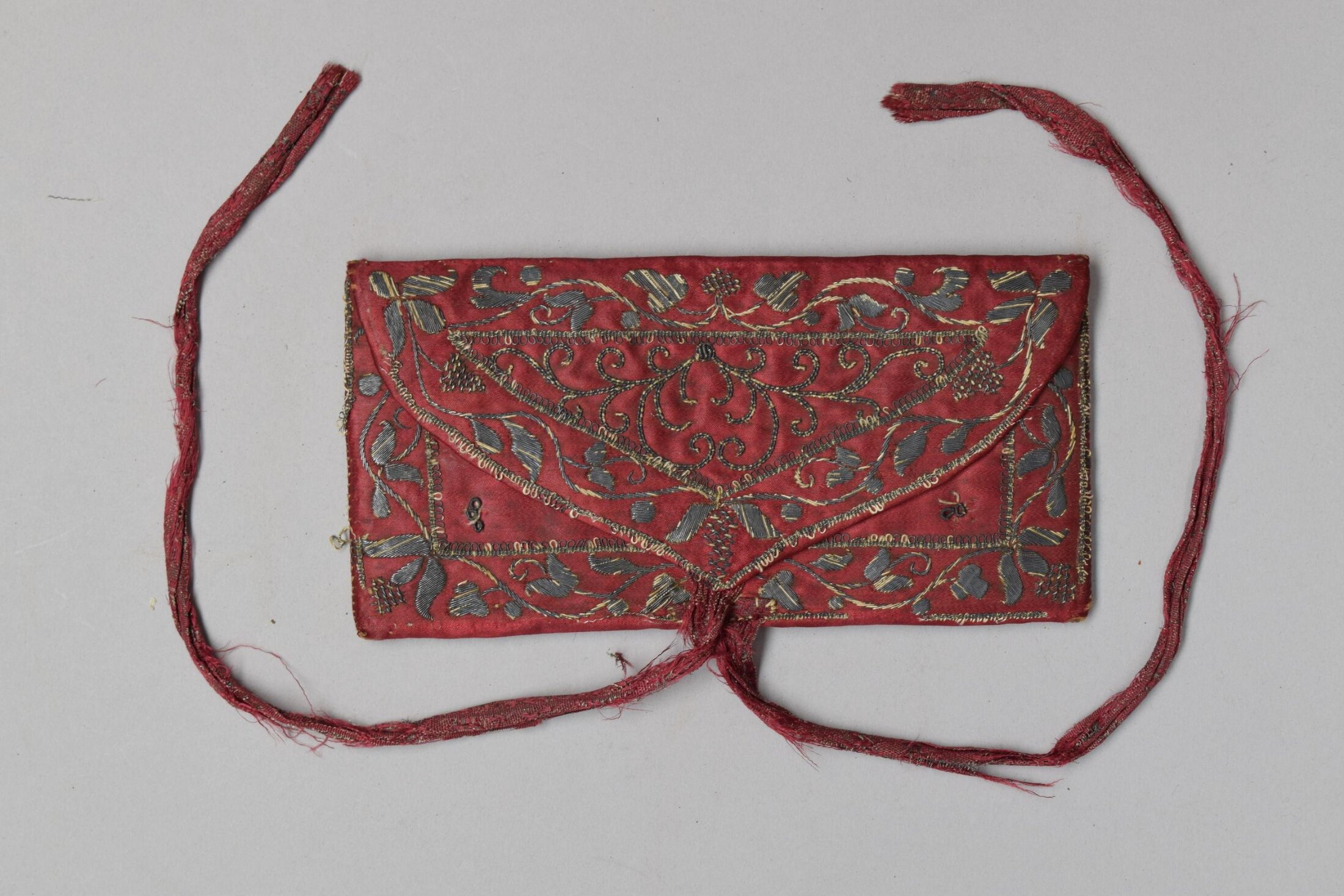
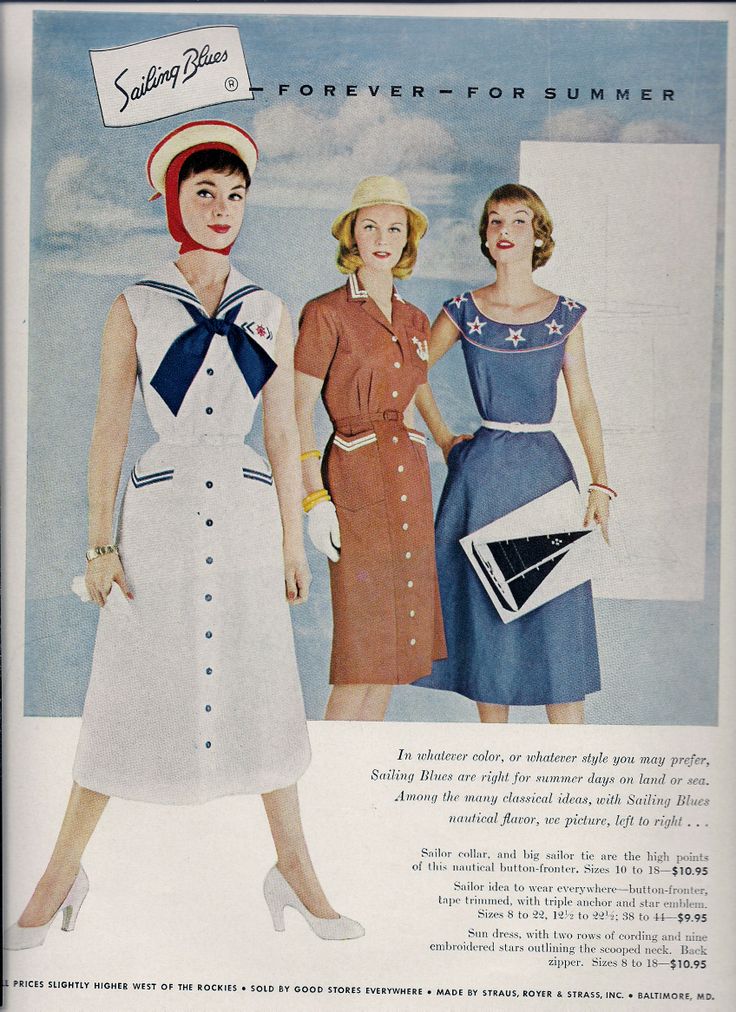
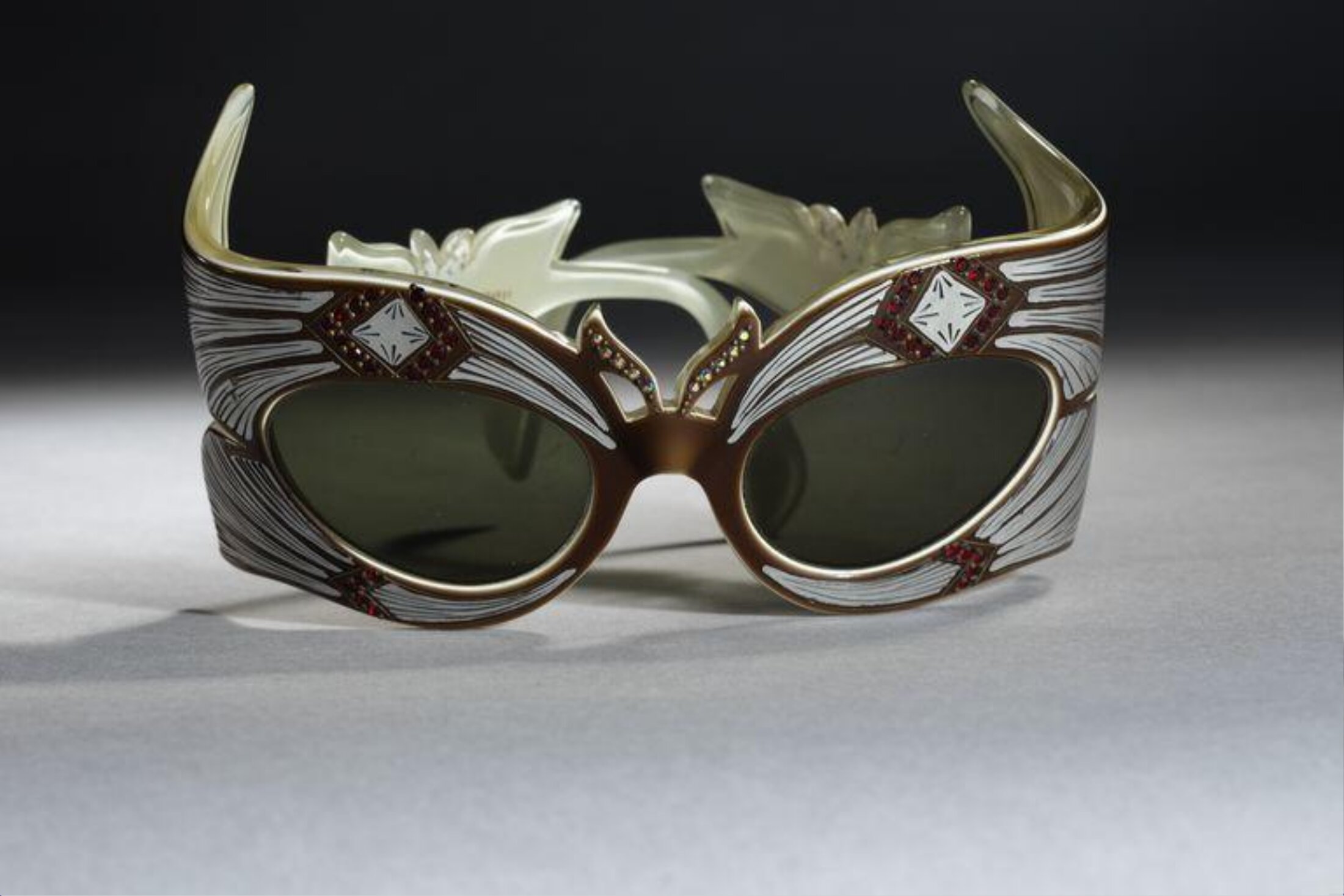
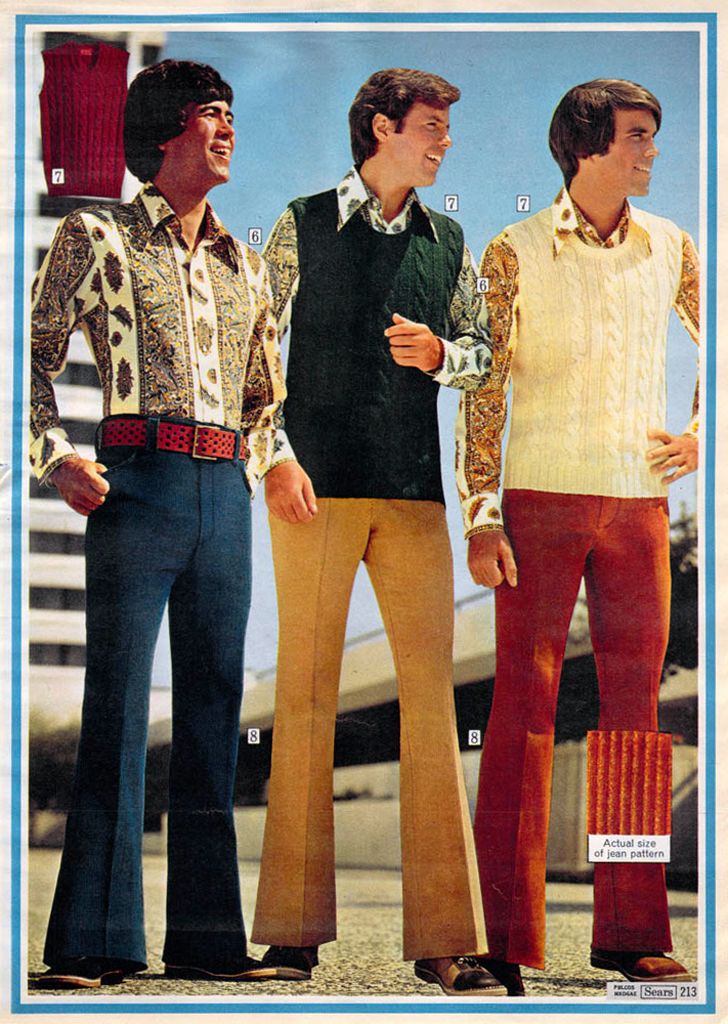
Leave A Comment